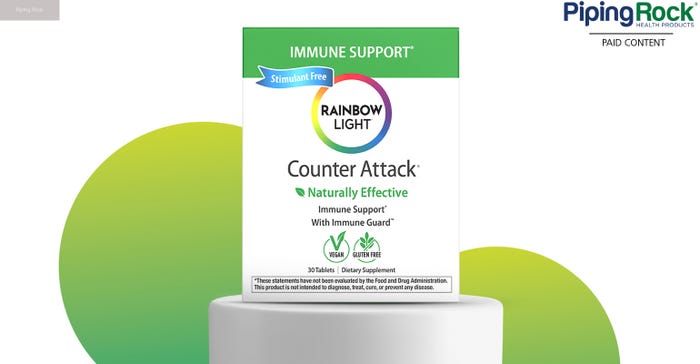The QT on co-Q10The QT on co-Q10

 The recent supply-and-demand rollercoaster ride for coenzyme Q10 (co-Q10) has not dampened its future, which looks bright for growth through expansions into new markets and new product categories.
The recent supply-and-demand rollercoaster ride for coenzyme Q10 (co-Q10) has not dampened its future, which looks bright for growth through expansions into new markets and new product categories.
Endogenously made in the human body, co-Q10 is also known as ubiquinone, which alludes to its 'ubiquitous' distribution throughout the human body. It is a potent antioxidant — a chemical that quenches potentially harmful chemicals generated during normal metabolism — and by protecting cells against free radicals, co-Q10 helps protect the body against cancer.
GRAS status and increased availability — in conjunction with the growing demand for noncaffeinated energy — position co-Q10 favourably with food and beverage processors. With vitaminlike properties, the antioxidant plays a key role in conversion of food to energy, and protects the skin from oxidative damage. A growing body of scientific evidence supports co-Q10 supplementation for individuals prone to angina, heart attack and hypertension, and to offset the co-Q10 depletion caused by statin drugs.
Emerging studies report co-Q10 may help prevent or manage neurodegenerative diseases. Its role in cognitive health, heart health and anti-ageing catapulted its popularity in the US and Japan, accounting for 85 per cent of the global market. In Japan, co-Q10 is particularly popular in beauty foods, a category still in its infancy in the West.
Brain health is an emerging area, with considerable reliance on the strength of the science emerging around it. Co-Q10 is currently the subject of a large-scale, multicenter clinical trial to determine if high doses can slow the progression of Parkinson's disease, a condition with impaired mitochondrial function and low levels of coenzyme Q10. The global market for co-Q10, valued at $835 million in 2008 (Euromonitor), increased nine per cent from 2007. With just a tad more than one per cent share of the global vitamin and supplements market, the antioxidant is poised to grow both as a stand-alone ingredient in the heart- and cognitive-health niches, and in combination with omega-3 fatty acids to help decrease blood pressure and heart rate in kidney-disease patients.
Available as natural and synthetic, ubiquinone is produced through a proprietary bacteria-production process, while the ubiquinol form is manufactured through a yeast fermentation process. The fat-soluble compound relies on emulsifiers for dispersion in water-based applications characteristic of foods and beverages. Nano-emulsion has become the technology of choice lately for water-based applications. Nanotechnology also helps deliver the coenzyme to the right places in the body without getting enveloped in the gastrointestinal tract.
In addition, co-Q10 is increasingly seen in energy products — foods and beverages — and is expected to show a gradual but strong increase in the coming years. Its recent recognition as an antioxidant defence system for breast-cancer patients is sure to bolster new product development in the medical-food sector.
About the Author
You May Also Like





